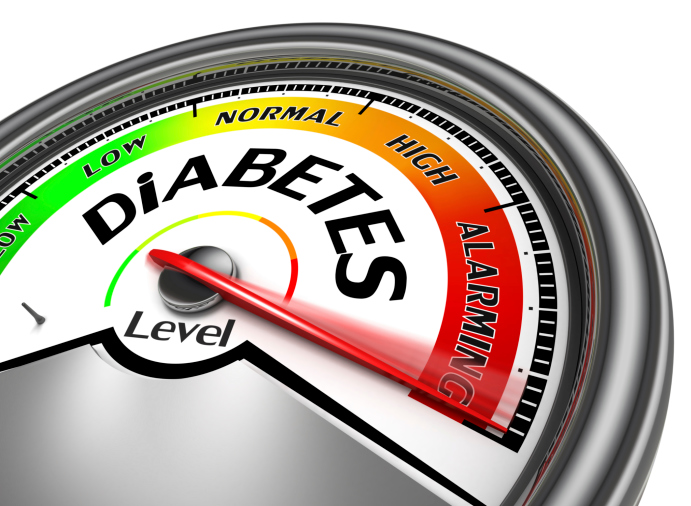 Many hear the term "reverse diabetes" and either get confused, angry or happy. "The term 'diabetes reversal' is used when people can go off medication but still must engage in a lifestyle program in order to stay off," says Ann Albright, PhD, RD. She's the director of diabetes translation at the CDC. "It also signifies those who improved to the point where their blood sugar level was no longer in the diabetes range."
Many hear the term "reverse diabetes" and either get confused, angry or happy. "The term 'diabetes reversal' is used when people can go off medication but still must engage in a lifestyle program in order to stay off," says Ann Albright, PhD, RD. She's the director of diabetes translation at the CDC. "It also signifies those who improved to the point where their blood sugar level was no longer in the diabetes range."
There are many benefits to finding ways to reverse type 2 diabetes. A big one is its expense. According to the American Diabetes Association, the combined cost of medical care and lost productivity due to diabetes in the United States exceeded $174 billion in 2007.
People with diabetes pay 2.3 times as much for health care as non-diabetics, and $1 in every $10 spent for health care is attributable to diabetes.
Sadly, even though type 2 diabetes was once considered an adult disease, so many children now receive this diagnosis. Unfortunately, it is now being known as an 'African American disease' since so many of us suffer from it.
But don't lose hope!
The latest science reveals that fine-tuning many long-held health habits may lead to even better results of "reversing" the disease. Here's the top 4 tips to do it:
1. Eat fruits and vegetables.
They can reduce your diabetes risk and protect your heart. Make sure it's a balance (70% veggies, 30% fruit) and don't eat too many fruits that are high in sugar. In a new study, people who ate at least 12 types each week had a lower diabetes risk than those who ate a less diverse mix—regardless of overall quantity. Mix arugula with your romaine, snack on fruit salad, pile new veggies onto your sandwich.
2. Skip the white rice.
White rice may be a popular diet staple, but that doesn’t make it nutritious. A recent Harvard study found the greater a person’s white rice intake, the higher his or her risk for developing type 2 diabetes. Compared with its brown rice counterpart, white rice has lower levels of fiber, magnesium, and vitamins. In addition, white rice is considered a high glycemic food, which means it’s digested quickly and can lead to blood sugar spikes.
3. Get enough hours of sleep.
Research links too little shut-eye to increased diabetes risk. Make it a good night’s sleep—sleep quality may matter as much to your health as the number of hours of slumber you log. Research shows that poor sleep affects your body’s ability to properly metabolize sugar and disrupts the hormones that regulate your appetite, which can lead to weight gain and increase your diabetes risk.
4. Lose weight—even just a little—for better blood sugar control.
Don’t worry if it’s taking a while to slim down. In a 2012 review paper, Sheri Colberg-Ochs, PhD, noted that exercise alone improved the ability of previously sedentary, middle-aged adults to metabolize sugars, regardless of whether they lost any weight. Their total cholesterol dropped too.









